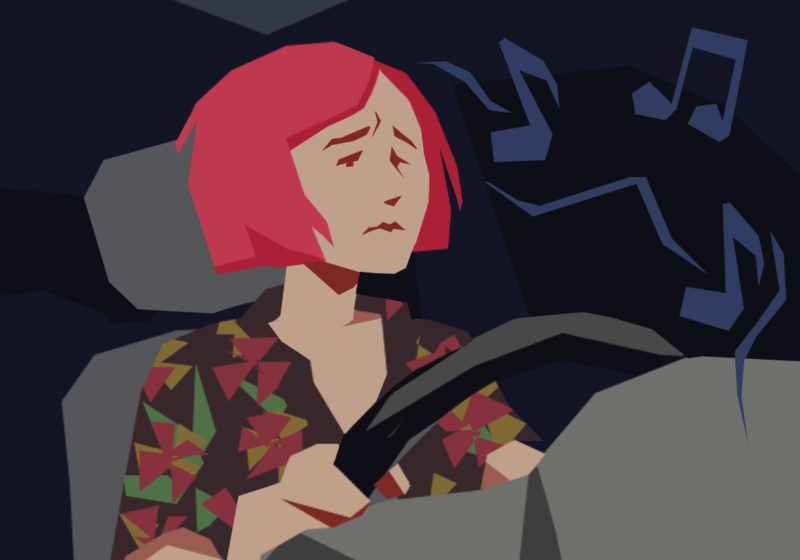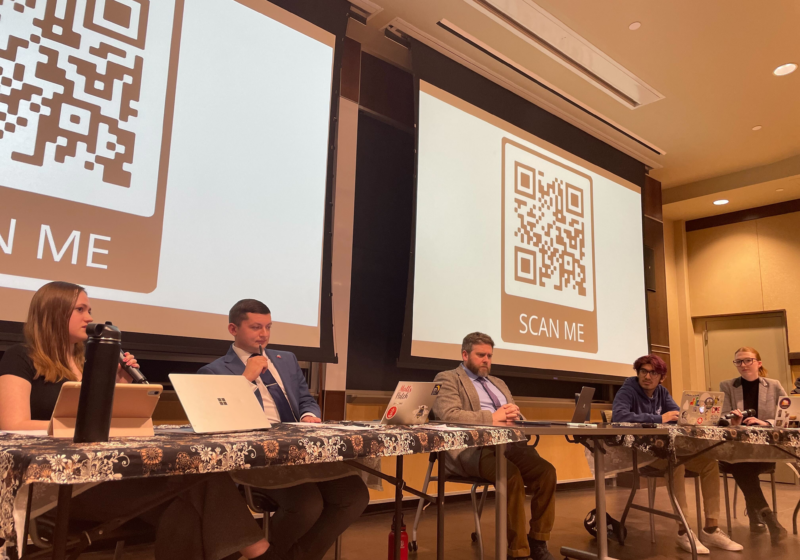Sad music gets a bad rap for being exclusively the soundtrack to sad boi hours, or foreshadowing woeful events in movies. But that’s not its only purpose.
I understand that many of us seek it out when we’re having a hard time and want to wallow in our own pain, but it’s not just for the miserable. It’s for anyone who’s studious, worried, calming down, or looking for a good time.
Maybe I’m reading too much into it, but I think we have to stop classifying the kinds of music we listen to into their respective emotional environments. Sometimes, that’s just what we need to change our day.
Sad music does not always correlate with having a bad day or being in an unwelcome circumstance. Sometimes, it just is what it is, and that can benefit us in different ways.
In these trying times, I have found sad music to be a source of comfort. The slowness of emotional ballads, soft acoustics, and gentle voices make for the perfect stress remedy. It’s almost like a childhood safety blanket. Although this might not be the perfect time to listen to sad music if you are indeed feeling pessimistic about what’s going on in the world, it is calming to listen to during times of high anxiety.
When my mind is overwhelmed with racing thoughts, sad music helps alter the rhythms of my body, and in turn, my breathing becomes slower and deeper and I’m able to simmer down and come back to Earth. Because of that, I think more clearly. And if I’m tired enough, it helps me fall asleep better. It’s also soothing enough to keep on as background noise while I’m studying.
As a fast driver, I can say that when I’m feeling hyperactive, sad music helps keep me a little more cautious on the road than bachata or hip hop does. I’m not saying that music has saved my life — mainly because that hits too close to the cringe-y phrases I left behind in middle school — but it has helped keep me a little safer.
When I’m not trying to decompress, sad music is also flexible enough to party to. I don’t mean I’m going to put on Sam Smith or John Legend during a party, but maybe Bad Bunny, and sometimes Billie Eillish. The gloomy parts of the songs — usually the lyrics — can be overlooked because of the accelerated tempos and buoyant rhythms.
Sometimes trap beats and even TikTok dances can make an initially sad song into a bop that gets you singing at the top of your lungs, or just causes your body to get out of bed. It makes the hard topics simpler and less complicated — it’s almost like trying to understand that things might suck when they’re overwhelming, but if you can’t do anything to change the situation, you might as well dance to brighten up your life a bit.
Again, the only thing that really defines a sad song is your reaction to it. You can pretend to be sad as you sing Bruno Mars and watch the rain or even sing heartbreak songs with your best friends, without really feeling any of the desolate emotions, but your brain will make the connection if that’s what you listen to when you’re upset. I think it’d be pretty cool if we started listening to sad music to wind down and bond with other people, or just use it as a medium to help understand complex emotions a little bit better, instead of making it into something reserved only for rough patches.





